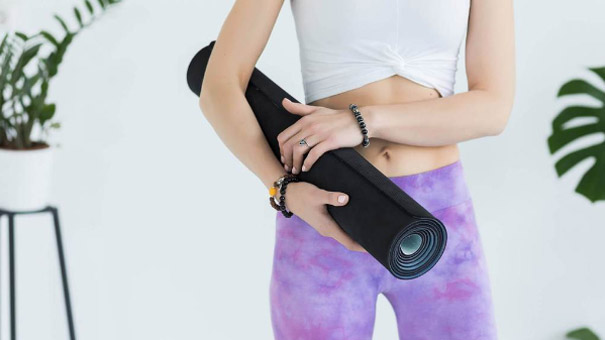
-
 Afrikaans
Afrikaans -
 Arabic
Arabic -
 Belarusian
Belarusian -
 Bengali
Bengali -
 Bulgarian
Bulgarian -
 Croatian
Croatian -
 Czech
Czech -
 Danish
Danish -
 Dutch
Dutch -
 English
English -
 Finnish
Finnish -
 French
French -
 German
German -
 Greek
Greek -
 hawaiian
hawaiian -
 Hebrew
Hebrew -
 Hindi
Hindi -
 Hungarian
Hungarian -
 Indonesian
Indonesian -
 irish
irish -
 Italian
Italian -
 Japanese
Japanese -
 Javanese
Javanese -
 kazakh
kazakh -
 Khmer
Khmer -
 Korean
Korean -
 Kyrgyz
Kyrgyz -
 Lao
Lao -
 Latin
Latin -
 Luxembourgish
Luxembourgish -
 Malay
Malay -
 Myanmar
Myanmar -
 Norwegian
Norwegian -
 Persian
Persian -
 Polish
Polish -
 Portuguese
Portuguese -
 Romanian
Romanian -
 Russian
Russian -
 Serbian
Serbian -
 Slovak
Slovak -
 Somali
Somali -
 Spanish
Spanish -
 Swedish
Swedish -
 Tagalog
Tagalog -
 Thai
Thai -
 Turkish
Turkish -
 Turkmen
Turkmen -
 Ukrainian
Ukrainian -
 Uighur
Uighur -
 Vietnamese
Vietnamese
Feb . 10, 2025 11:08 Back to list
children's bike 3-5 years
When it comes to choosing the perfect children's bike for kids aged 3-5 years, parents often find themselves juggling between safety, durability, and fun. Having encountered a fair share of wobbly rides and excited giggles, the experience of selecting the right bike becomes a blend of ensuring safety and encouraging a child’s newfound sense of adventure. Children at this age are like sponges, eager to learn and explore, requiring a bike that complements their developmental stage with the necessary features.
A perfect choice involves considering the size of the bike. Generally, bikes with 12-inch wheels are suitable for this age bracket, but measuring a child's inseam and comparing it with the bike’s minimum seat height ensures a more accurate fit. A correctly sized bike enhances the child’s control and comfort, making their riding experience more enjoyable and less prone to accidents. Safety features are non-negotiable highlights in any buying guide. Look for bikes with robust brakes, a fully covered chain, and reflectors for visibility. Additionally, accessorizing with helmets, elbow, and knee pads should be part of the purchasing plan, as these enhance safety during falls, which are inevitable as kids master riding. Being environmentally conscious can be embedded in your purchase decision as well. Many bikes for kids now use materials that are less harmful to the planet, such as recycled metals and sustainably sourced paints. While not a primary concern for every parent, it is a trend that reflects growing expertise in manufacturing practices, aligning with wider responsibility themes. The adventure begins when a child first mounts their bicycle seat and discovers the joys of self-propelled movement. Choosing the right bike is an exercise in balancing expert opinion and authoritative brand reliability with the trust developed through shared parental experiences. This thoughtful blend of safety, size, and practicality ensures that a child's first rides are not only memorable but lay the perfect foundation for a lifelong love of cycling.


A perfect choice involves considering the size of the bike. Generally, bikes with 12-inch wheels are suitable for this age bracket, but measuring a child's inseam and comparing it with the bike’s minimum seat height ensures a more accurate fit. A correctly sized bike enhances the child’s control and comfort, making their riding experience more enjoyable and less prone to accidents. Safety features are non-negotiable highlights in any buying guide. Look for bikes with robust brakes, a fully covered chain, and reflectors for visibility. Additionally, accessorizing with helmets, elbow, and knee pads should be part of the purchasing plan, as these enhance safety during falls, which are inevitable as kids master riding. Being environmentally conscious can be embedded in your purchase decision as well. Many bikes for kids now use materials that are less harmful to the planet, such as recycled metals and sustainably sourced paints. While not a primary concern for every parent, it is a trend that reflects growing expertise in manufacturing practices, aligning with wider responsibility themes. The adventure begins when a child first mounts their bicycle seat and discovers the joys of self-propelled movement. Choosing the right bike is an exercise in balancing expert opinion and authoritative brand reliability with the trust developed through shared parental experiences. This thoughtful blend of safety, size, and practicality ensures that a child's first rides are not only memorable but lay the perfect foundation for a lifelong love of cycling.
Previous:
Latest news
-
New Red Anti-theft E-Bike | Easy Ride City Commuter
NewsJul.31,2025
-
BMX 20 Inch Bikes for Freestyle & Street | Fat Tire Options Available
NewsJul.30,2025
-
322 High Quality 26 Inch 21 Speed Adult Mountain Bike OEM MTB
NewsJul.29,2025
-
Specialized Kids Mountain Bikes - Safe, Durable & Fun Riding Experience
NewsJul.29,2025
-
Little Kids Mountain Bike - Lightweight Bikes for Young Riders
NewsJul.29,2025
-
Kids Mountain Bike Trek – Full Suspension for 6 Year Old Riders
NewsJul.29,2025

